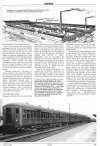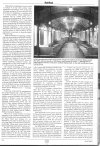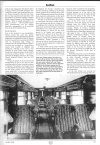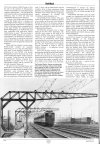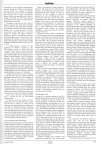Viewed some of the records for above in Birmingham Central Library in 2010. Was very interested to view records from the company founded in South Manchester by John Ashbury 1806-1866 - Ashbury carriage and iron Co. Ltd. Founded 1837., coach/carriage makers, mostly railway rolling stock. In 1902 (to cut a long story short) this company merged with Joseph Wright's company in Saltley. Are there any old photographs anywhere of the company in Saltley?
My great grandfather Thomas Ashbury CE was managing director of the carriage co. in Manchester in the late 1800s, John Ashbury was his uncle. I know there are a good few articles on various websites. If anyone in Birmingham is interested in the history of coach/carriage making for the railways, I would be willing to provide information that I don't think is available in the current public domain.
My great grandfather Thomas Ashbury CE was managing director of the carriage co. in Manchester in the late 1800s, John Ashbury was his uncle. I know there are a good few articles on various websites. If anyone in Birmingham is interested in the history of coach/carriage making for the railways, I would be willing to provide information that I don't think is available in the current public domain.







